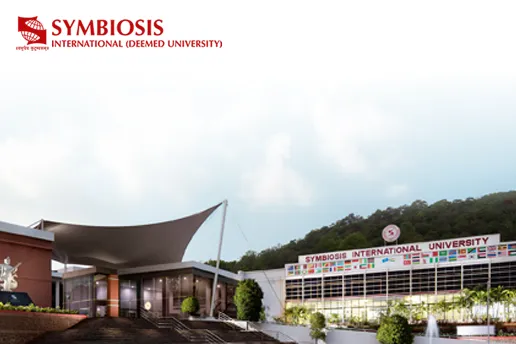
- jaro education
- 20, September 2021
- 12:00 am
Introduction
Strategic Human Resources Management (SHRM) is the linear process of attracting talent from the market and ensuring that they are retained, rewarded, and developed so that both the employee and the organization reap the fruits of success together. For this, the HR department works in tandem with other departments within the organization while trying to understand and create plausible strategies that align with the overall organization as well as with individual departmental goals.
Processes like SHRM can be studied in detail with HR courses or HR certification courses from reputed institutes, such as IIM Trichy, which offers courses like Strategic Human Resource Management Programme. Before one joins the programme, it can be beneficial for them to learn about the 7 steps to SHRM.
7 steps to Strategic Human Resource Management
Table of Contents

1. Identify company objectives
Right at the onset, employees expect the HR department to understand the organization thoroughly. This includes understanding the overall mission, vision, goals, and objectives for which the organization stands for. HR needs to identify both the long-term and the short-term goals of the organization before spelling out an effective strategy. Unless the HR department has a clear picture of the same, it will not be capable of devising a plan for the future of the organization.
2. Evaluate existing HR capabilities
Employees are the core asset of any organization, and every SHRM must revolve around them. While conceiving the SHRM, one needs to identify the HR capabilities within the organization. The HR function needs to have a complete understanding of the working aspects of the employees in the organization, which can be done through practices, such as skill inventory, that allows focussed identification of skill sets of employees right down to the granular level. In other words, HR must be in a position to identify with the domain-expertise of employees who are in alignment to fulfilling the organizational goals and objectives. This will allow HR to identify key employees who can be instrumental in the growth of the organization and can be provided with opportunities for requisite training and development.
3. Analyze existing HR capabilities
The assessment of HR capability will help identify barriers to implementing the plan of action within the organization. It will readily identify threats and capitalize on the opportunities available. The HR function would strategically identify employees with specific skill sets and work with the senior leadership within the company to equip them with enhanced opportunities for growth. This will allow these employees to serve the company better.
4. Forecast company’s HR requirements
Now that the HR department has a good understanding of human resources, it is time to put into use some accumulated knowledge. This knowledge can be used to estimate and forecast the future requirements of the organization. Such prediction is based on two factors, namely – the number of employees associated with specific skills required by the company in the future, and the number of current employees with specific skills available to help the company achieve its goals. This kind of forecasting helps the company determine optimum utilization of human resources, estimate the need to create new job roles to secure the organization, and so on.
5. Determine tools for employees for effective performance
The HR department, along with other individual departments, needs to verify the utility of tools used by employees to perform their duties with optimum efficiency. For instance, HR in cooperation with the IT department can conduct an audit on the hardware and software being currently used in the company. This will help in identifying the existing gaps and facilitate the prevalence of a more organized workforce.
6. Implement the Human Resource Management Strategy
After having done the analysis and forecasting, it is time to start with the process of growing your workforce and developing the current workforce to secure the company’s future growth. For achieving this, the steps are as follows:
- Recruitment: Start with searching for professionals with skill sets identified during the strategic planning process.
- Selection process: Conduct interviews and relevant tests to understand the aptitude of the candidate to carry out the assigned job role.
- Hire Applicants: Starts making job offers to candidates after ensuring the candidates are suited for the role.
- Onboarding and Training: These two practices are key to retaining employees for longer periods. A comprehensive onboarding package must be in place, which includes informing the employees about avenues for training within the job role. This will keep them highly engaged in the job role.
7. Evaluation and Correction
The HR needs to decide on a timeline to carry out the HR management review which will help to track their entire process and spot opportunities for improvement. It will help provide insights into whether changes are helping the company achieve its goals or not. If not, then HR must take corrective action to meet its objectives.
Conclusion
Companies must understand that when SHRM is done earnestly, it helps them identify and analyze external threats which can make all the difference between their success and failure. Moreover, SHRM helps in heightening the job satisfaction of employees.
Any individual who seeks to become an effective HR manager must undertake courses in human resource manager courses or HR certification/ HR management programme. One such course is the Strategic Human Resource Management course offered by IIM Trichy. Enroll now and become an effective HR manager in the future!










